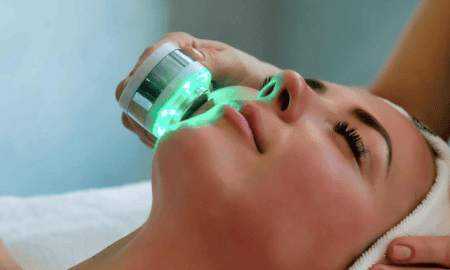
Dental issues can arise suddenly and without warning, often requiring urgent care to relieve pain and prevent long-term damage. Whether it’s a knocked-out tooth or a severe toothache, common dental emergencies demand quick action. Knowing how to respond in the moment can mean the difference between saving a tooth and losing it.
This guide outlines the most common dental emergencies, their symptoms, causes, and immediate steps you can take before visiting a dentist.
1. Toothache
A toothache is one of the most common dental emergencies, and it often signals an underlying problem.
Causes
- Cavities
- Gum disease
- Tooth fractures
- Abscesses or infections
Symptoms
- Persistent or sharp pain
- Sensitivity to hot or cold
- Swelling around the tooth or jaw
- Fever (in severe cases)
Immediate Care Tips
- Rinse your mouth with warm water.
- Floss gently to remove trapped food particles.
- Take over-the-counter pain relievers like ibuprofen.
- Apply a cold compress to reduce swelling.
- Avoid putting aspirin directly on gums, as it may burn the tissue.
Action Step: Schedule an emergency visit with your dentist, such as a member of the team at bafdentistry.com, as soon as possible for a thorough examination and treatment.
2. Chipped or Broken Tooth
This dental emergency often results from chewing hard objects, trauma, or weakened enamel.
Causes
- Biting down on ice or hard candy
- Accidents or facial injury
- Cavities that weaken the tooth
Symptoms
- Visible chip or crack
- Pain when chewing
- Sensitivity to temperature
Immediate Care Tips
- Rinse your mouth with warm water.
- Save any broken pieces if you can.
- If bleeding, apply gauze for 10 minutes or until it stops.
- Use a cold compress to control swelling.
Action Step: See your dentist promptly. Treatments may include bonding, dental crowns, or veneers depending on the severity.
3. Knocked-Out Tooth (Dental Avulsion)
A knocked-out tooth is among the most urgent common dental emergencies. Immediate action improves the chances of saving the tooth.
Causes
- Sports injuries
- Falls or accidents
- Physical altercations
Symptoms
- A missing tooth with an empty socket
- Bleeding and pain in the area
- Swelling around the gums
Immediate Care Tips
- Pick up the tooth by the crown (top), not the root.
- Rinse gently with water if dirty—do not scrub.
- Try reinserting it into the socket if possible.
- If not, store it in milk, saline, or inside your mouth (between gum and cheek).
Action Step: Get to a dentist or emergency dental clinic within 30–60 minutes for the best chance of reimplantation. Your best chances of saving the tooth are highest within the first hour.
4. Abscessed Tooth
A dental abscess is a serious infection and one of the most dangerous common dental emergencies. It can spread quickly if not treated.
Causes
- Untreated cavities
- Gum disease
- Trauma to the tooth
Symptoms
- Severe toothache or throbbing pain
- Swelling in the face or cheek
- Fever and swollen lymph nodes
- A pimple-like bump on the gums (may ooze pus)
Immediate Care Tips
- Rinse your mouth with saltwater to help relieve pain and draw out pus.
- Take OTC pain medication for temporary relief.
- Use a cold compress to reduce facial swelling.
Action Step: Seek emergency dental care immediately. An abscess can become life-threatening if the infection spreads to the jaw, neck, or brain.
Preventing Common Dental Emergencies
While some emergencies are unavoidable, many can be prevented with good oral hygiene and protective measures. Here’s how:
Preventive Tips
- Brush and floss daily to avoid decay and gum disease.
- Wear a mouthguard during contact sports or physical activities.
- Avoid chewing hard objects like ice or pens.
- Visit your dentist twice a year for check-ups and cleanings.
Final Thoughts
Understanding the signs of common dental emergencies can prepare you to take quick, informed action when they occur. Whether it’s a simple toothache or a knocked-out tooth, prompt response and proper care can save your smile and prevent complications.
Don’t wait until it’s too late—know what to do when a dental emergency strikes, and always have your dentist’s emergency contact information on hand.


















Follow Us